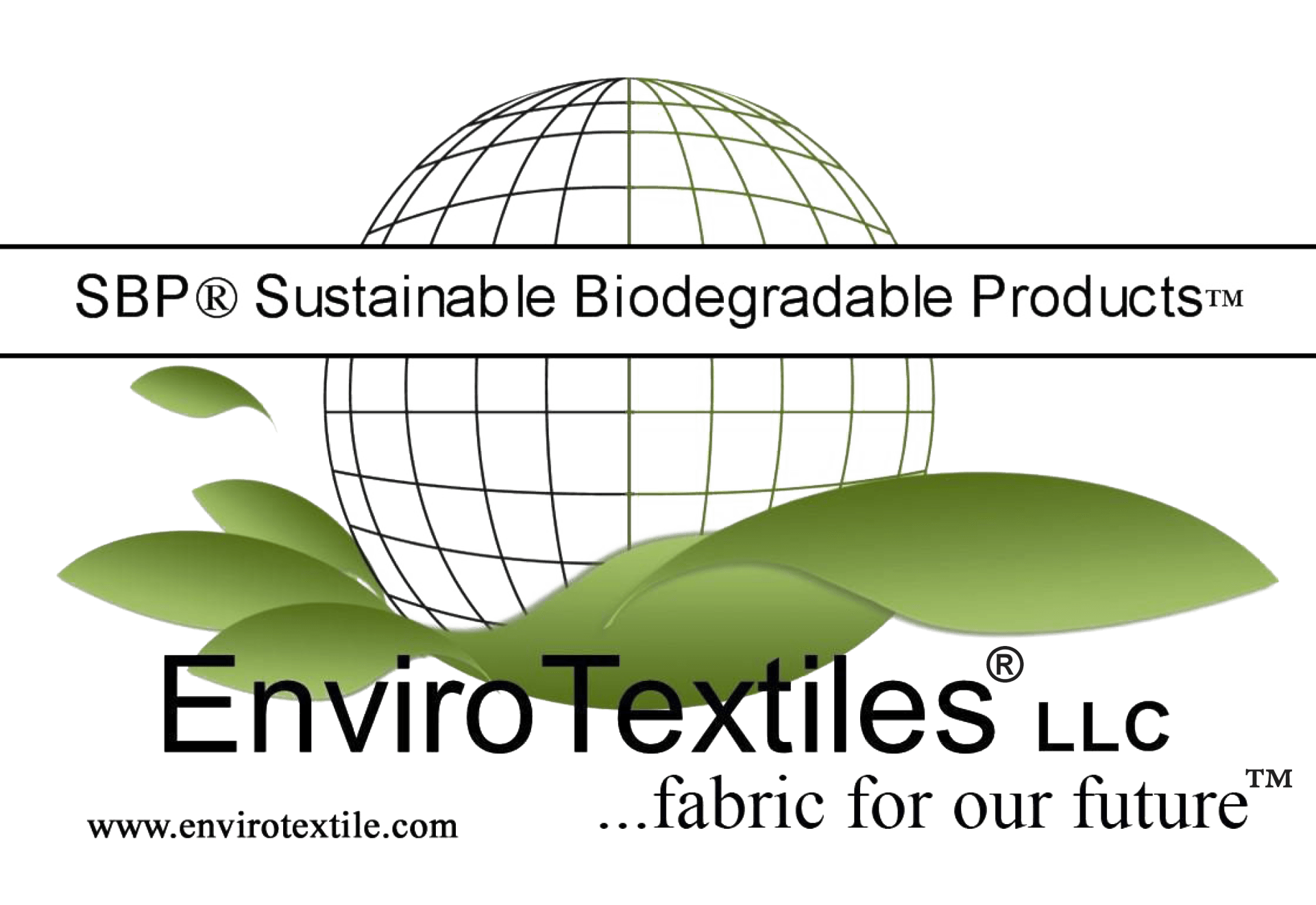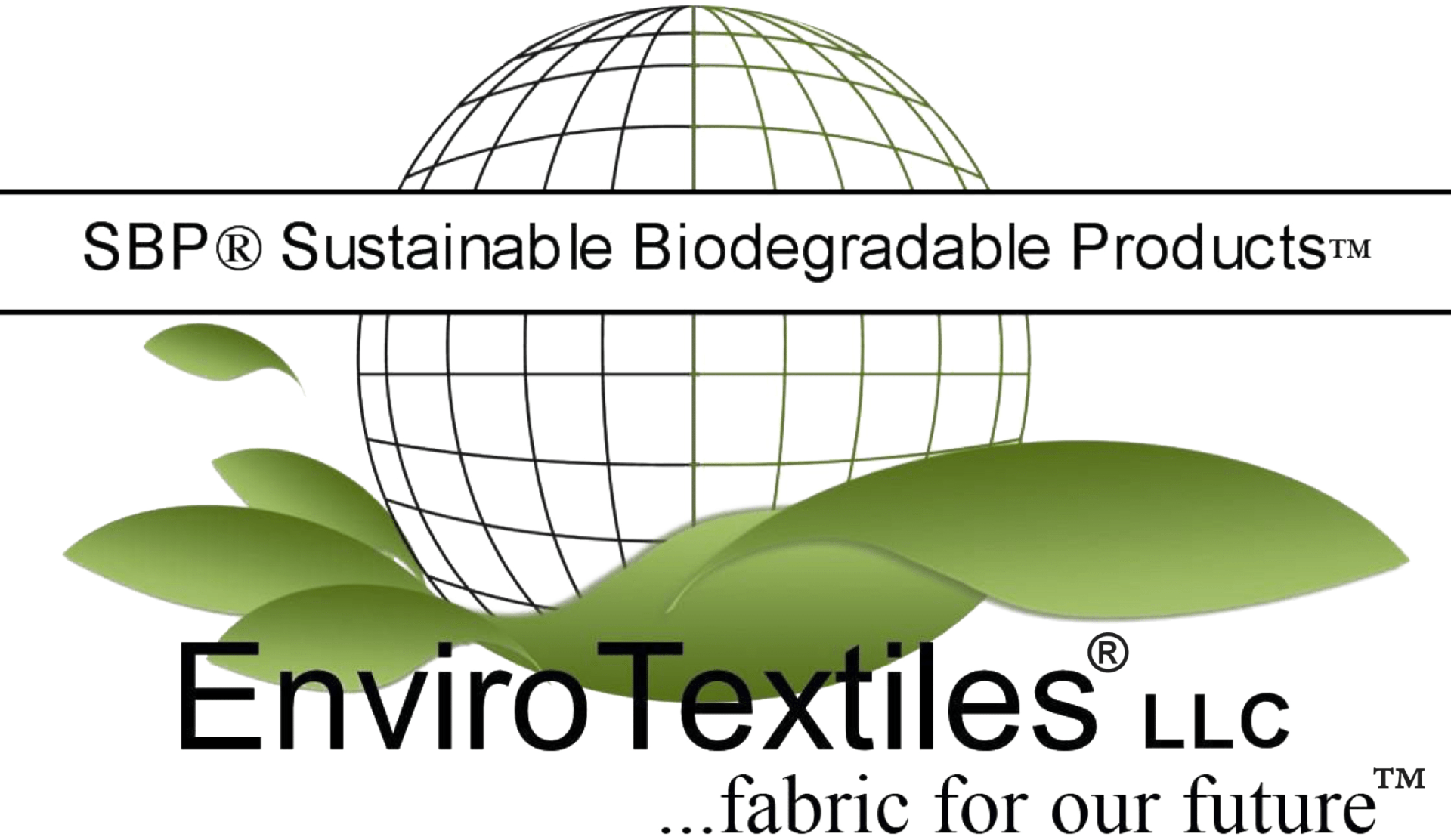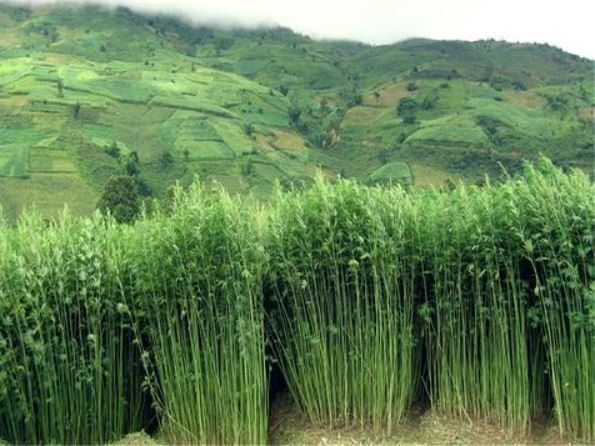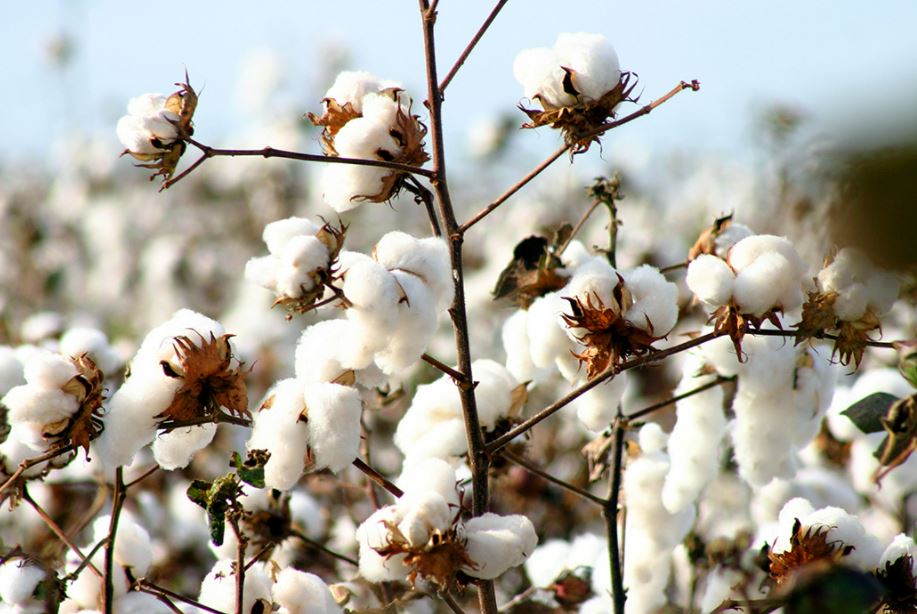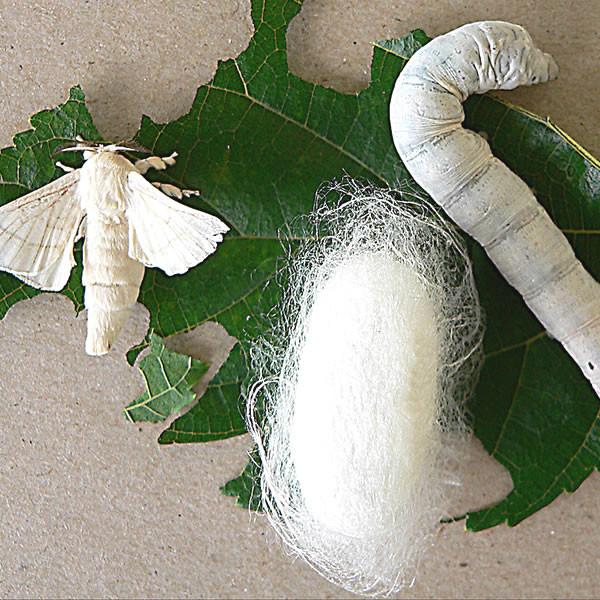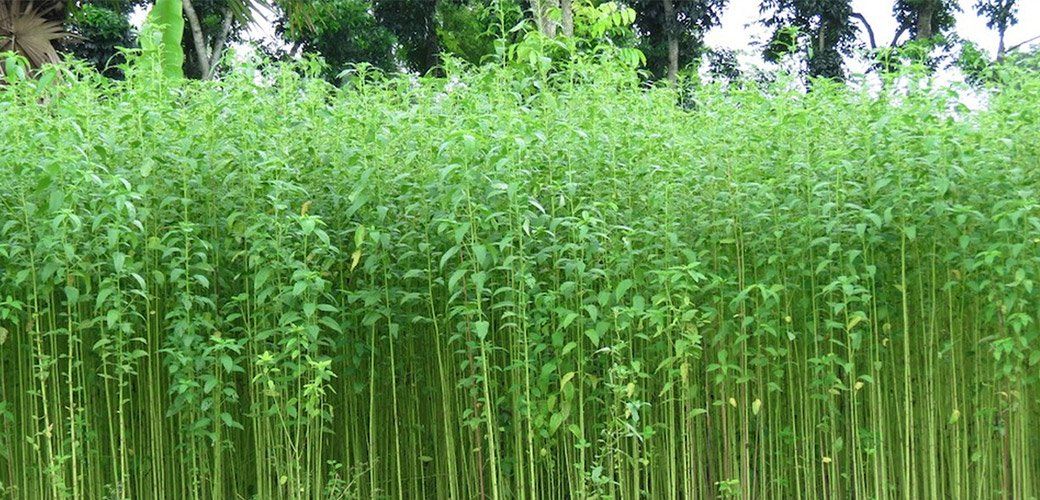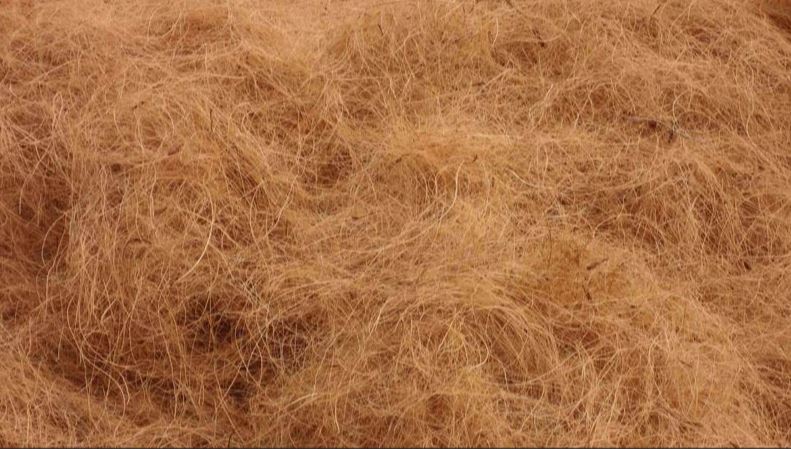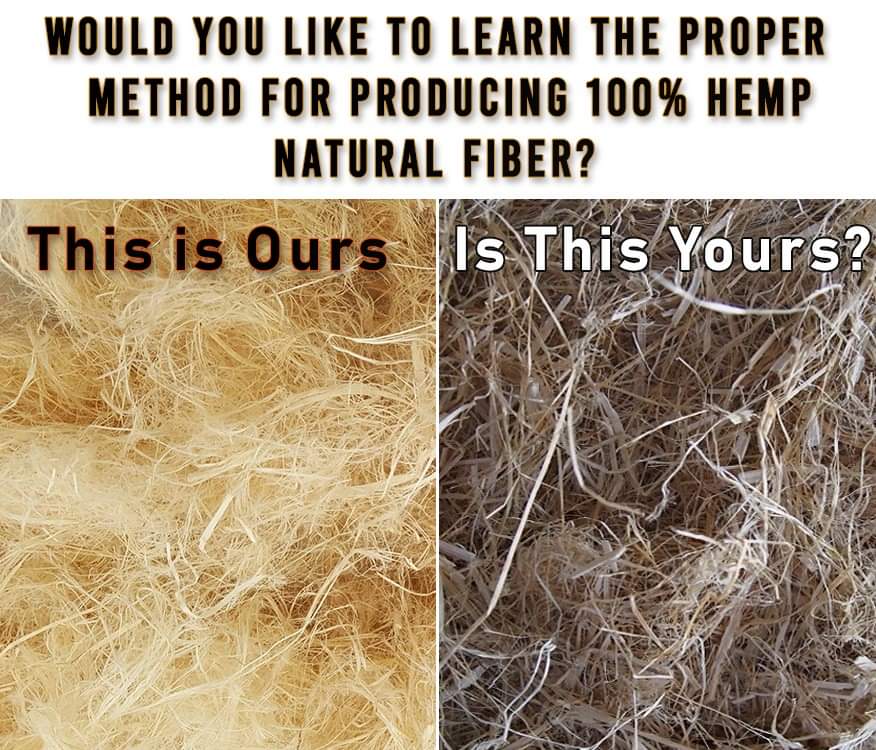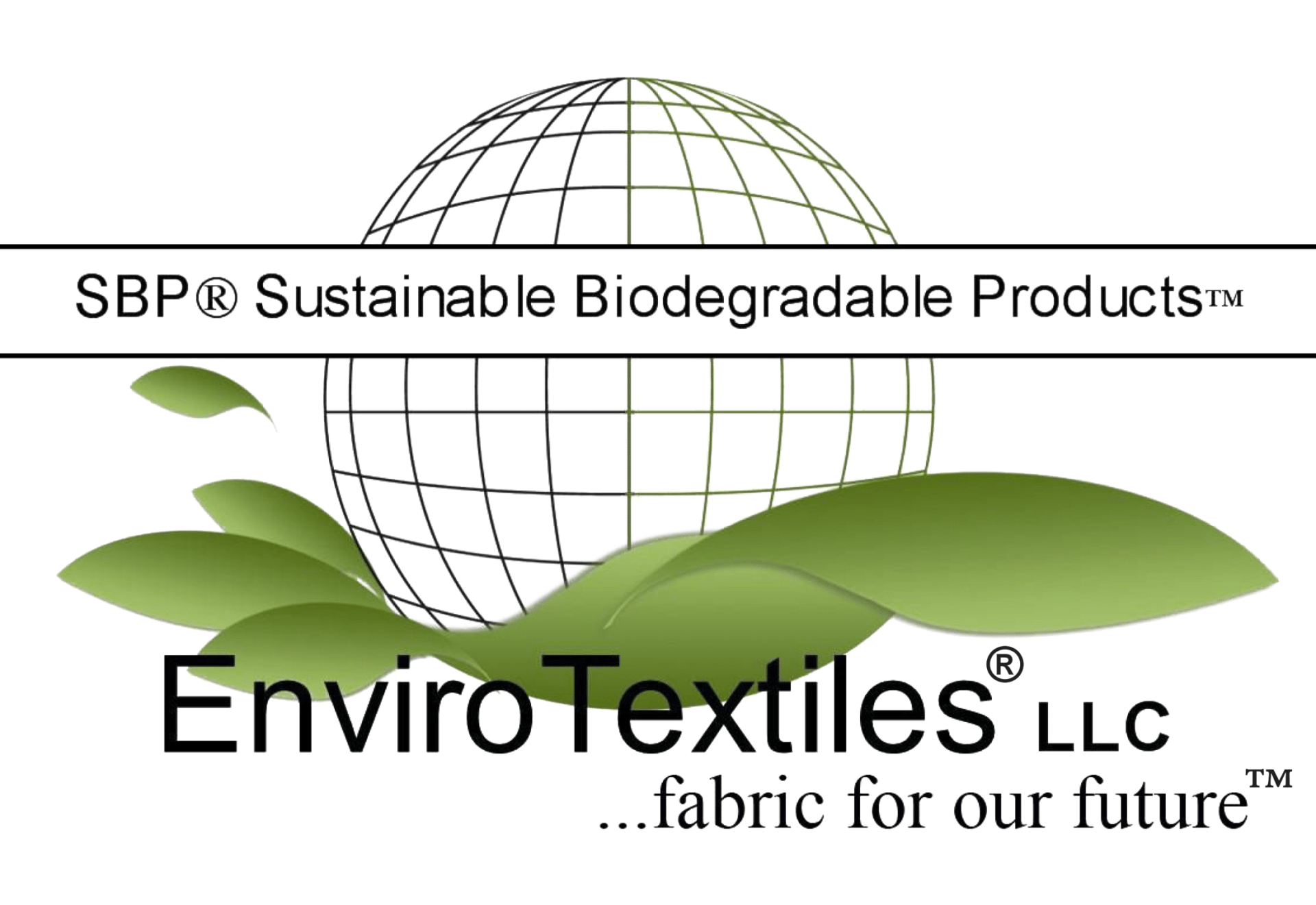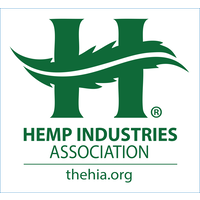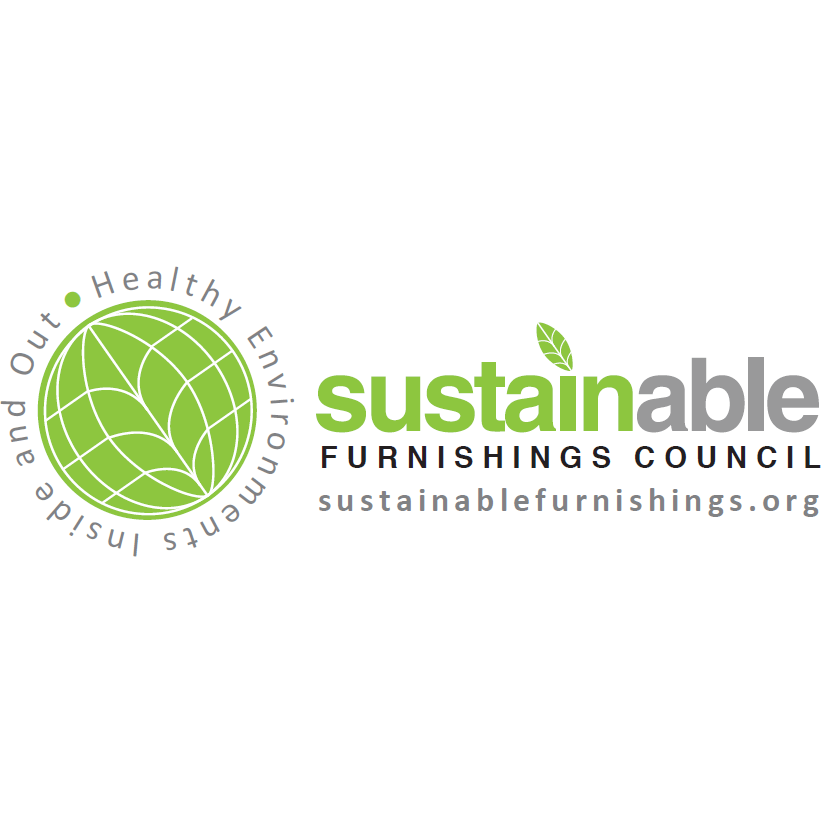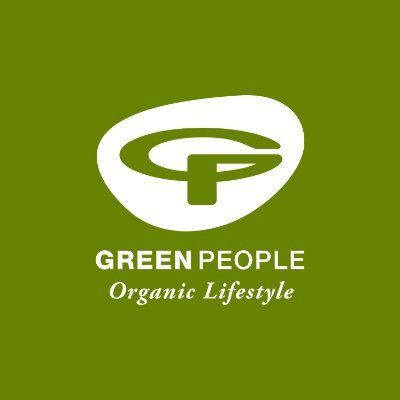Our Natural Fibers
Our Textile Fibers Come From Sustainable Plants
The Non-toxic Natural Fiber Materials We Use in Our Fabrics
Hemp Fiber
Hemp is the first plant known to have been domestically cultivated.
The oldest relic of human history is hemp fabric dated to 8,000 BC from ancient Mesopotamia, an area in present-day (Turkey, Iran, Iraq region). Hemp is among the fastest growing plants and sustainable crops on Earth. Some research will even say their has been evidence of humans using hemp 10,000-50,000 years ago. Hemp is also believed to be the oldest example of human industry. In the Lu Shi, a Chinese work of the Sung dynasty (500 AD), we find reference to the Emperor Shen Nung (28th century BC) who taught his people to cultivate hemp for cloth. It is believed that hemp made it to Europe in approximately 1,200 BC. From there, it spread throughout the ancient world.
The paintings of Rembrandt, Van Gogh, Gainsborough, were primarily painted on hemp canvas, as were practically all canvas paintings.
Hemp sails and ropes carried the European settlers to America for hundreds of years – 1492 to the advent of steamships in the early 1800s.
Cannabis hemp was legal tender (money) in most of the Americas from 1631 until the early 1800s. You could pay your taxes with cannabis hemp throughout America for over 200 years. Vegetable source is renewable, cheap, and clean, and the petroleum or coal sources are limited, expensive, and dirty. By volume, 30% of the hemp seed contains oil suitable for high-grade diesel fuel, as well as aircraft engine and precision machine oil. Henry Ford’s experiments with methanol promised cheap, readily-renewable fuel.
Fiber Content: Hemp is historically known for being one of the highest producing fibers crops on Earth. Even when comparing Hemp to other natural fiber crops, Hemp fiber produces 250-300% more fiber then Cotton, and over 600% more fiber then Flax, using the same land footprint and HALF to 1/3 the amount of Water to grow! NON-GMO Sustainable Industrial Hemp grows without the need of harmful herbicides and pesticides; hemp is planted in dense crops not allowing sun light to penetrate, which reduces weed growth by 95%, eliminating the need for herbicides. No pesticides are used due to the inherent properties contained in the plant itself. Hemp is commonly used as a companion crop bordering family gardens as a deterrent to insects and infestations. Hemp is an ideal rotation crop due to its long taproot structure that helps retain topsoil, while also replenishing soil quality due to the natural leaf composting that regenerates vital elements in the soil. In best growing climate, Hemp does not require irrigation unlike other natural fibers. The unique inherent characteristics of the fiber of hemp have the additional ability to suppress the growth of harmful bacteria and fungi, making it the ideal “fiber for our future™".
Anti-Microbial Properties: Naturally Inherent throughout the plant
UV Factor: SPF 15
Infrared Resistant: Yes
(Please visit our Certificates & Transparency page for the full lifecycle on our hemp fabric programs.)
Organic Cotton
Certified Organic Cotton is grown using methods and materials that have a low impact on the environment. Organic production systems replenish and maintain soil fertility, reduce the use of toxic and persistent pesticides and fertilizers, and build biologically diverse agriculture. Third-party certification organizations verify that organic producers use only methods and materials allowed in organic production. Organic cotton is grown without the use of toxic and persistent pesticides and synthetic fertilizers. In addition, federal regulations prohibit the use of genetically engineered seed for organic farming. All cotton sold as organic in the United States must meet strict federal regulations covering how the cotton is grown.
Organic cotton is generally defined as cotton that is grown organically in subtropical countries such as India, Turkey, China, and parts of the USA from non-genetically modified plants, and without the use of any synthetic agricultural chemicals such as fertilizers or pesticides aside from the ones allowed by the certified organic labeling. Its production is supposed to promote and enhance biodiversity and biological cycles. In the United States, cotton plantations must also meet the requirements enforced by the National Organic Program (NOP) from the USDA in order to be considered organic. This institution determines the allowed practices for pest control, growing, fertilizing, and handling of organic crops.
A Big Thanks to us, and our global circle:
"As of 2007, (265,517 bales) of organic cotton were produced in 24 countries and worldwide production was growing at a rate of more than 50% per year. In the 2016/2017 season, annual global production reached 3.2 million metric tons. Together our supply chain was a huge part of the introduction of Organic Cotton and increasing demand."
Natural Silk Fiber
Silk is the earliest animal fiber used by human beings. Starting in the Neolithic period, which began in China around 10,000 B.C. Discovered by "The Goddess of Silk", by accident when a silk cocoon fell into her tea, and the humble silk fabric turned out to be one of the most historical elements of the Chinese civilization.
It became a staple source of income for small farmers and, as weaving techniques improved, the reputation of Chinese silk spread so that it became highly desired across the empires of the ancient world.
Silk was the most valuable export on the Silk Road since it was light, easy to transport, luxurious; and was said to be worth its weight in gold.
Silk is a natural protein fiber, some forms of which can be woven into textiles. The protein fiber of silk is composed mainly of fibroin and is produced by silkworm to form cocoons, before it releases as a moth.
A yard of woven silk cloth needs almost 3,000 silk cocoons, whereas our Hemp Silk blends are bringing durability and a 70% content rating for a renewable & Sustainable plant fiber majority, while still keeping the luxuriousness of a traditional Silk Charmeuse.
We work with the 6,000 year old highest quality Mulberry Silk.
A silk fiber the same diameter as a fiber of steel is stronger than the steel. Features of Mulberry silk include it being 100 percent hypoallergenic and also being odorless and not needing any “airing out” before use like some of the lower quality wild silks.
Skirts, dresses, blouses, scarves, pajamas and lingerie are staple design pieces, but absolutely not limited to..
PSA, Watch out for: Most Satin's, Synthetic Silk Satin, artificial silk, Viscose Silk, man-made Imitate Silk do your research on semi-natural, semi-synthetic cellulosic material and synthetic materials and ask yourself why we are trying to recreate what nature has already provided us.
Jute Fiber
Jute, also known as "Burlap" or Nature's "Golden Fiber" is another wonderful bast long fiber. Receiving it's name, because of the golden natural color of the fiber and for its importance being a sustainable crop.
Jute is a long, soft, shiny bast fiber that can be spun into coarse, strong threads with a lattice-like weave and coarse texture .
We use "Brown Jute," opposed to "White Jute" being the primary source for the best fiber variety. Corchorus capsularis. "Jute" is the name of the plant or fiber used to make burlap, hessian or gunny cloth.
It is grown for both fiber and culinary purposes. People use the leaves as an ingredient in a mucilaginous potherb called "molokhiya."
You can see such similarities with many bast fiber crops, when looking at an image of Jute, it can look nearly just like an industrial hemp crop and even some varieties of flax.
One of the main and most important details to note about Jute fiber is it loses strength if exposed to water. The long strong bast fiber family can vary in many extremes when it come to natural performance, properties and application.
Flax Fiber
"Flax Linen is very strong, absorbent, and dries faster than cotton. Because of these properties, linen is comfortable to wear in hot weather and is valued for use in garments. It also has other distinctive characteristics, notably its tendency to wrinkle.
The discovery of dyed flax fibers in a cave in Southeastern Europe (present-day Georgia) dated to 36,000 years ago suggests that ancient people used wild flax fibers to create linen-like fabrics from an early date. Woven flax textile fragments have been "found between infant and child" in a burial at Çatalhöyük, a large settlement dating to around 7,000 BC. To the southwest, in ancient Mesopotamia, flax was domesticated and linen was produced. It was used mainly by the wealthier class of the society, including priests.
In ancient Egypt, linen was used for mummification and for burial shrouds. Egyptian mummies were wrapped in linen as a symbol of light and purity, and as a display of wealth. Some of these fabrics, woven from hand-spun yarns, were very fine for their day, It was also worn as clothing on a daily basis; white linen was worn because of the extreme heat, for it's light color and breathability.
There is a long history of the production of linen in Ireland. When the Edict of Nantes was revoked in 1685, many of the Huguenots who fled France settled in the British Isles and elsewhere. They brought improved methods for linen production with them, contributing to the growth of the linen industry in Ireland in particular. The linen industry was increasingly critical in the economies of Europe in the 18th and 19th centuries.
Linen was also an important product in the American colonies, where it was brought with the first European settlers and became the most commonly used fabric and a valuable asset for colonial households. The homespun movement encouraged the use of flax to make home spun textiles. Through the 1830s, most farmers in the northern United States continued to grow flax for linen to be used for the family's clothing.
In the late 19th and early 20th centuries, linen was very significant to Russia and its economy. At one time it was the country's greatest export item and Russia produced about 80% of the world's fiber flax crop.
In December 2006, the General Assembly of the United Nations proclaimed 2009 to be the International Year of Natural Fibres in order to raise people's awareness of linen and other natural fibers."
Coconut Fiber
"Coconut fiber, obtained from unripe coconut, is a natural fiber extracted from the husk of coconut. The coconut is steeped in hot seawater, and subsequently, the fibers are removed from the shell by combing and crushing, the same process as jute fiber.
Every year the world produces at least 30 million tons of coconut, which are abundant in coastal areas of tropical countries. The coconut husk is composed of 30% fiber and 70% pith, with high lignin and phenolic content.
Due to the high lignin content, coconut fiber is very elastic, durable, and resistant to rotting.
Coconut matting provides an effective and sustainable solution to the problems of soil erosion and land-slides on man-made slopes such as motorway and railway embankments.
Natural and organic palm coir (coconut fiber) from recycled coconut husks. The rise in demand for coconut water has left huge amounts of coconut fiber waste in the form of discarded husks (85% of each coconut is the husk). These coconut husks are now recycled instead of being thrown away.
There are 5 basic steps for creating coconut coir, they include harvesting, husking, retting, defibering and finishing or bundling. Once the coir has been separated from the husk, it is then sprayed with liquid latex, compressed and then vulcanized. This process creates a highly durable, springlike material that is breathable and resistant to mold and mildew. This Coconut coir is an ideal substitute for metal springs and polyurethane foam cores and will outlast both for years.New Paragraph
Agave Fiber
Agave Fiber, often referred to as "sisal" or "henequen," is a natural textile material derived from the long, fibrous leaves of Agave plants. Agave fiber has a distinct golden or cream color and is known for its ability to hold dyes effectively.
It is a biodegradable and eco-friendly material that has found application in a wide range of products, from traditional rope and twine to modern home furnishings, carpets, rugs, mats, carpets, other decorative or functional items, and even paper.
Agave fiber can be relatively rough and coarse compared to some other natural fibers. This characteristic makes it well-suited for durable home furnishings like rugs and mats where its toughness is an advantage. However, for clothing and textiles that come into direct contact with the skin, it may not be as comfortable, and softer fibers like cotton or silk are often preferred.
That's why when we found Indigenous people who's traditions were making bath and body care, we knew we had found a wonderful product to support and offer...
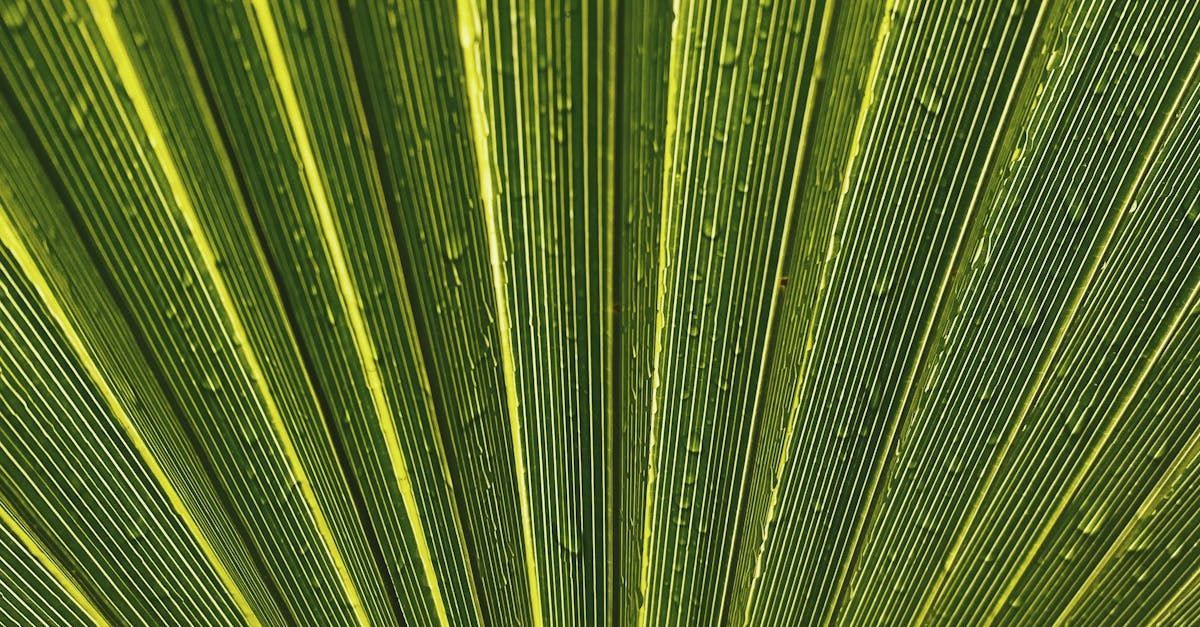
Bast Fibre
Bast fibre (also called phloem fibre or skin fibre) is plant fibre collected from the phloem (the "inner bark", sometimes called "skin/ribbon") or bast surrounding the stem of certain dicotyledonous plants. It supports the conductive cells of the phloem and provides strength to the stem. Some of the economically important bast fibres are obtained from herbs cultivated in agriculture, as for instance flax, hemp, Jute, ramie, etc, but also bast fibres from wild plants, as stinging nettle, and trees such as lime or linden, wisteria, and mulberry have been used in the past. Bast fibres are classified as soft fibres, and are flexible. Fibres from monocotyledonous plants, called "leaf fiber", are classified as hard fibres and are stiff.
Often bast fibres have higher tensile strength than others, and are used in high-quality textiles (sometimes in blends), ropes, yarn, paper, composite materials and burlap. An important property of bast fibres is that they contain a special structure, the fibre node, that represents a weak point, and gives flexibility. Seed hairs, such as cotton, do not have nodes.
Jute fiber falls into the bast fiber category (fiber collected from bast, the phloem of the plant, sometimes called the "skin") along with kenaf, industrial
hemp, flax (linen), ramie, etc.. The industrial term for jute fiber is raw jute. The fibers are off-white to brown, and 1–4 meters (3–13 feet) long. Jute is also called the "golden fiber" for its color and high cash value.
